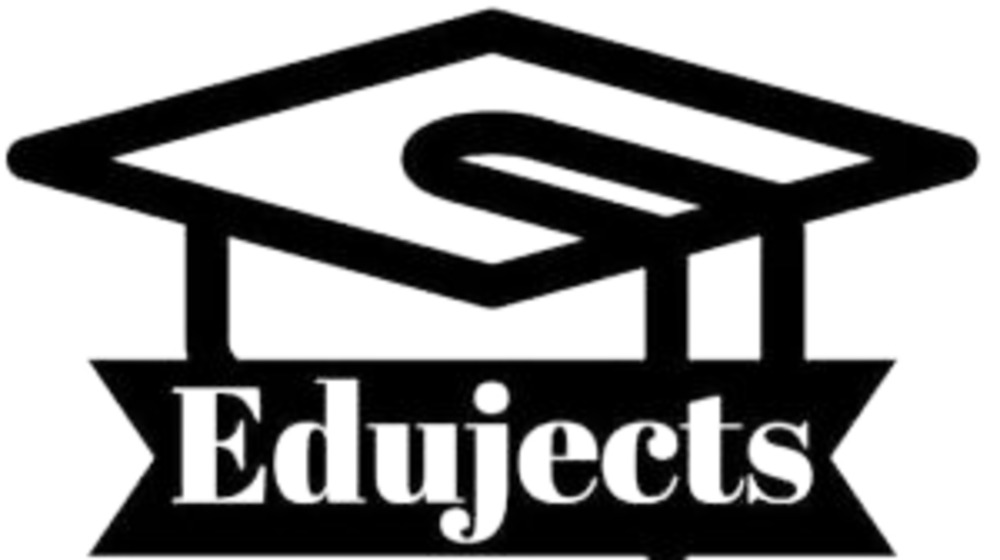SS1 Literature Examination Past Question- Third Term for students and teachers for the academic sessions.
CLASS: SS1
SUBJECT: LITERATURE-IN-ENGLISH TIME : 2HRS
SECTION A – OBJECTIVES
INSTRUCTIONS: ANSWER ALL QUESTIONS.
Each question is followed by four options lettered A to D. Find the correct option for each question and shade in pencil on your answer sheet, the answer space which bears the same letter as the option you have chosen. Give only one answer to each question.
All the world’s a stage is an example of _________.
metaphor B. paradox C. allusion D. personification
The three major forms of literature are________.
Tragedy,comedy,tragi- comedy B. Poetry,drama,folktales
C. Drama,lyric,prose,fiction D.Poetry,drama,prose.
The heightened tension in a play is momentarily eased through
A. verbal irony B. transferred epithet C. comic relief D. pathetic fallacy
A Shakespearean sonnet has the rhyme scheme
A. abab cdcd efef gg B. abba abba cde def C. abab adcd efef gg
D. abba abba cde cde
” Oh star, wither thy candle!” is an example of
A. synecdoche B. personification C. metonymy D. apostrophe
A figure of speech in which words are underplayed is
A. pun B. paradox C. litotes D. antithesis
Read the extract below and answer questions 6 to 10
There they left him everyone
Left him there without a lick
Left him there for birds to pick
Left him there for carrion.
The theme echoed in the poem is that of
A. loneliness B. feasting C. festivity D. abandonment
The poem paints a picture of a person denied the luxury of
A. shelter B. burial C. food D. water
The tone of the poem is one of
A. disapproval B. happiness C. indifference D. contentment
Two heads are better than one illustrates
A. synecdoche B. onomatopoeia C. inversion D. metonymy
“The whole town was present at the wedding ceremony” exemplifies the use of
A. repetition B. paradox C. oxymoron D. hyperbole
Read the extract below and answer questions 12 and 13
Surprised and hurt he sits and awaits his turn
Aloof with wish that all in hell do burn
But what with all of them intent to spurn
The things of pain and right and vice we learn?
The tone is
A. cordial B. jovial C. vengeful D. spiteful
As the chains clatter, the prisoner groans, grunts and gasps illustrates
A. euphemism B. metaphor C. personification D. onomatopoeia.
A clown evokes
A. amusement B. regret C. hatred D. anger
The most important element of drama is
theme B. setting C. plot D. characterisation
Two words of opposite meaning is _____________.
A. personification B. oxymoron C. metaphor D. irony
PART II
UNSEEN PROSE AND POETRY
Read the passage and answer questions 17to 20
I have had different relationships – with people, places and things. Yet, none is more remarkable than the one I have with Lagos. It has been a love-hate kind of fling. Sometimes, I love her so much and run into her arms. At other times, she gives off a repulsive stench.
Lagos, a land of the great, where excellence and folly dwell side by side; where wealth
and poverty hold hands- one with a smile, the other with a grin. My first visit to Lagos Island made me irritated and excited at the same time. There are snacks cramped together at the edge of the ocean. The houses, which are just bits of wood held together, compete with heaps of refuse. Lagos, the night of nightmarish dreams.
The writer’s view of Lagos is one of
A. confusion B. ambivalence C. nostalgia D. uncertainty
The dominant literary device in the second paragraph is
A. simile B. metonymy C. contrast D. paradox
The narrative technique used in the passage is
A. interior monologue B. first person C. stream of consciousness
D. third person
_______where wealth and poverty hold hands illustrates
A. allusion B. euphemism C. personification D. onomatopoeia
Read Also: SS3 Literature Mock Examination Past Questions
Read the poem and answer questions 21 and 22
What use is it to slumber here,
Though the heart be sad and weary?
What use is it to slumber here,
Though the day rise dark and dreary?
For that mist may break when the sun is high,
And this soul forget it’s sorrow;
And the rosy ray of the closing day
May promise a brighter morrow.
Stanza 1 and 2 produce a contrast of
atmosphere B. emblems C. setting D. moods
The change of rhyme scheme in the second stanza spells/ marks
anticipation B. anxiety C. serenity D. hope
The antagonist is also known as_______________. A. hero B. villain C. heroine D. actor
Which of the following defines autography? A. The story of someone’s life by the person who lived it B. an anthem C. a farce D. The life history of a person written by another
The principal aim of drama is to_________. A. educate and entertain us B. educate us C. entertain us D. strengthen and beautify us.
One of these does not belong to the group below A. dirge B. ode C. elegy D. farce
Any didactic work of art______________. A. teaches a moral lesson B. entertains C. ridicule D. make people laugh.
A good poem must A. be about love B. have a regular rythm C. rhyme
D. be difficult to understand
A. teaches a moral lesson B. entertains C. ridicule D. make people laugh.
The setting of a work of art involves A. action B. climax C. time and place D. Denouement
________ is shorter than a novel but longer than a short story. A. Novella B. Novel C. Fable D. Farce
SECTION B
Which literary term refers to the repetition of consonant sounds at the beginning of words?
Who is the author of the novel, “Redemption Road”?
The protagonist is the _____________.
As chapter is to prose, so ______________is to poetry.
A humorous scene in a play intended to ease tension is_________.
A short concluding speech delivered at the end of a play is called________.
A poem written in praise of someone or something is_______________.
The major genres of literature are ______, ______ and ___________.
A poem consisting of fourteen lines is ____________.
A dramatic performance with only bodily movements and without words is _____.
SECTION B
Answer TWO questions in this section
Examine the plot account of Elma Shaw’s Redemption Road.
Discuss how the author uses flashbacks to drive the storyline.
What are the major themes in the novel?
SECTION C
Answer THREE questions in this section.
List and discuss four functions of Literature.
What are the forms of Literature?
Explain the elements of:
Prose
Drama
poetry
List ten (10) figures of speech and explain five (5) with copious examples.
Subscribe to edujects for more past questions, lesson notes and plans.




